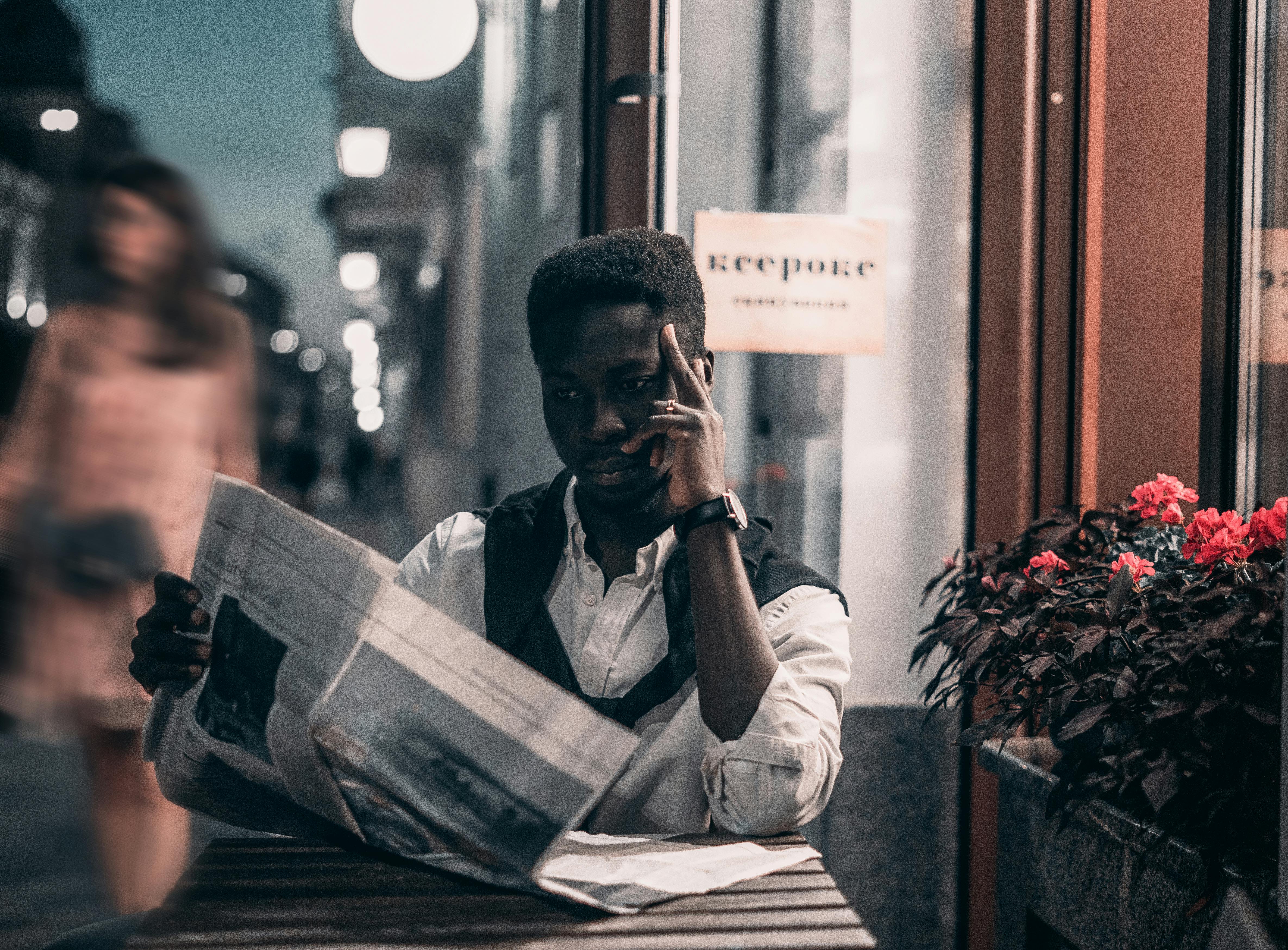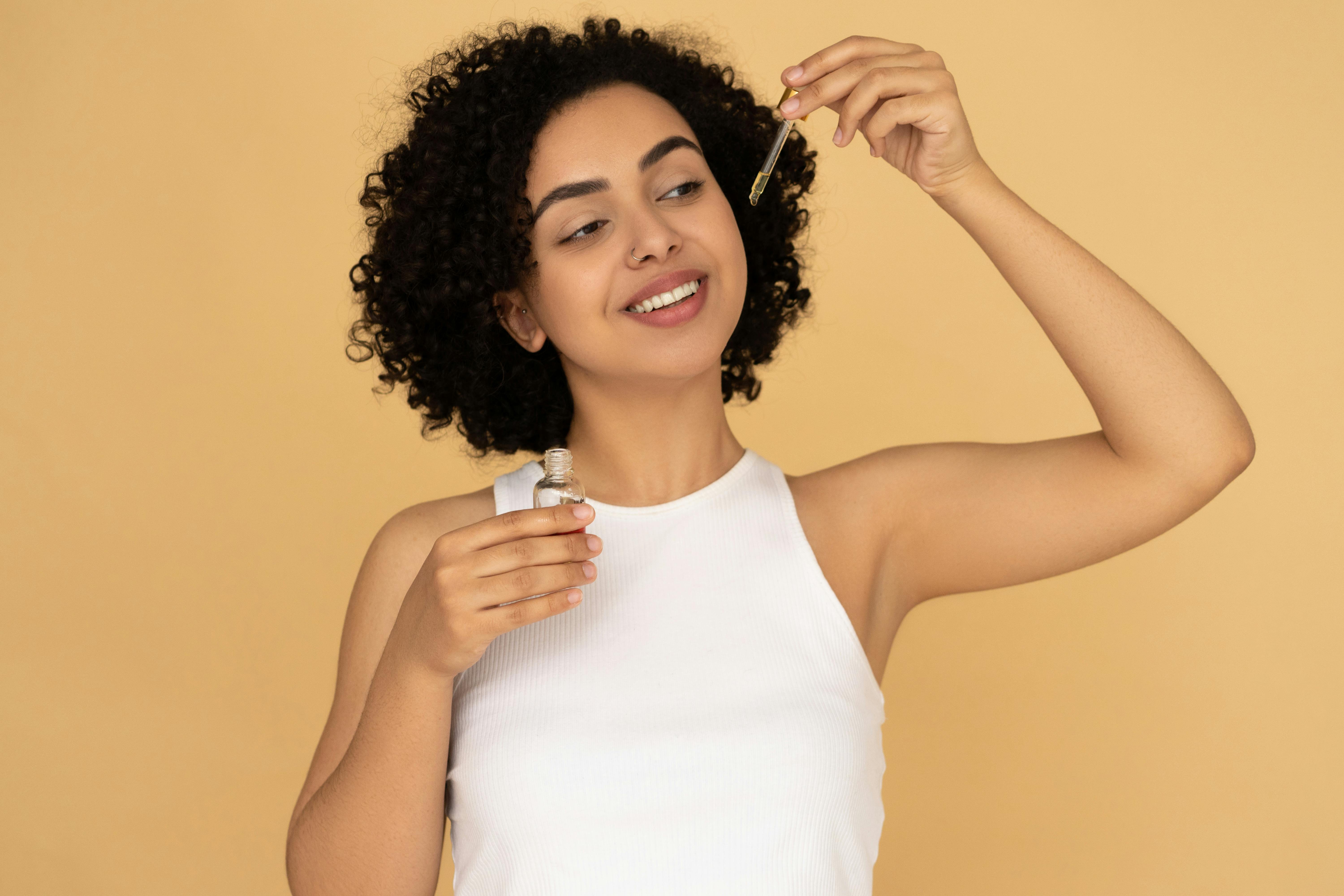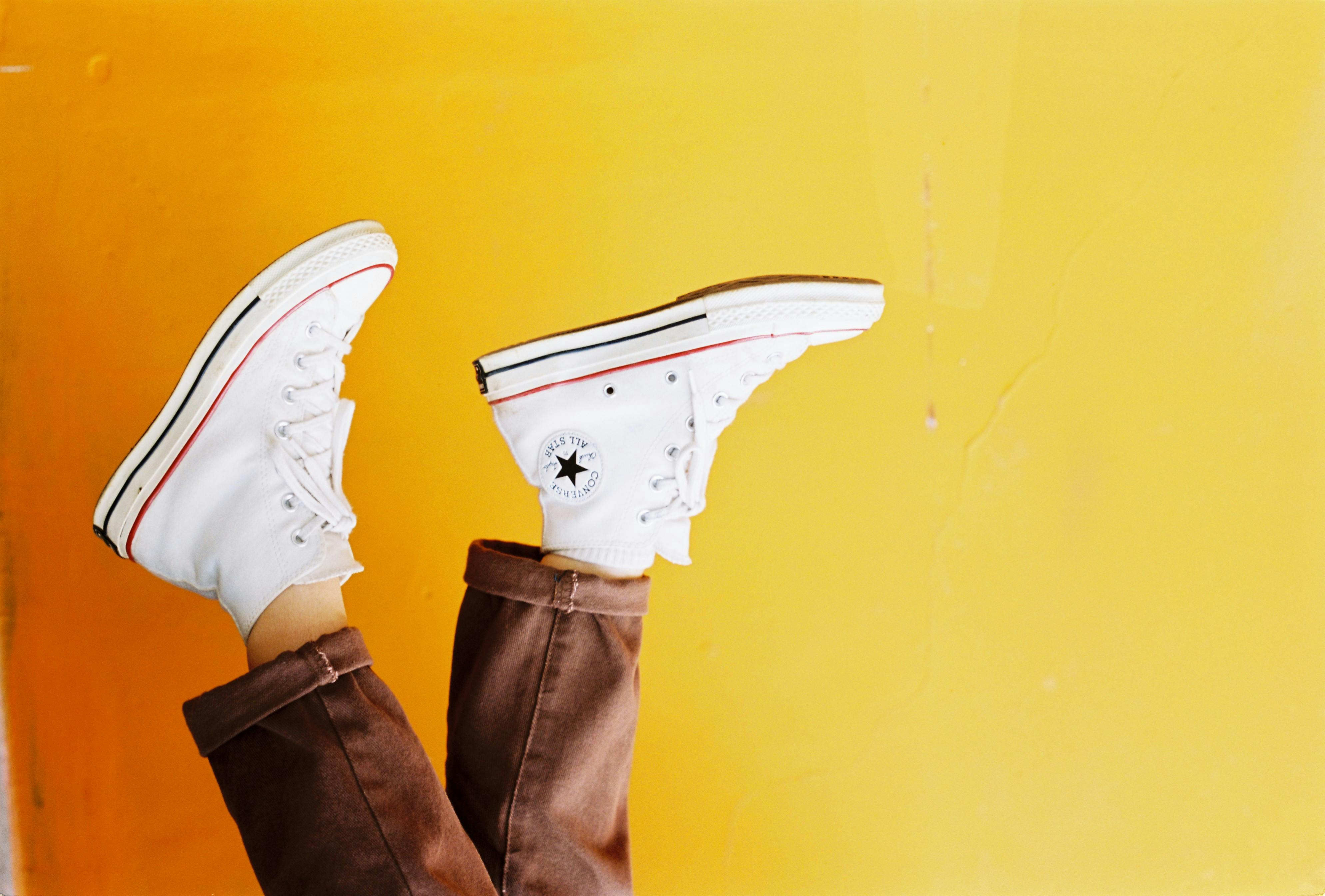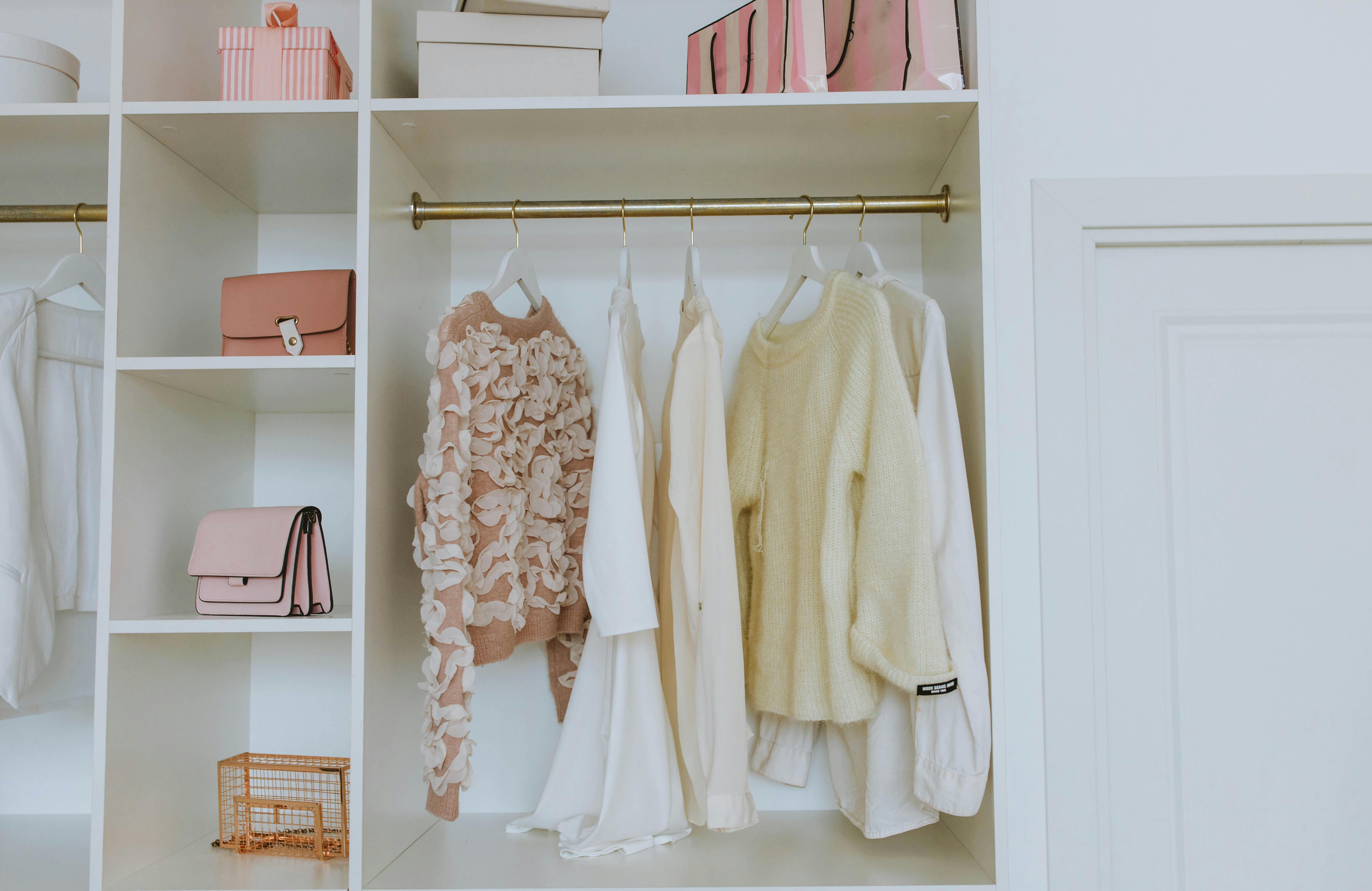One of the questions that people who come to our store frequently ask is “What is the difference between watercolor and gouache?” They assume that since both are soluble in water, watercolor and gouache are the same. Some think that maybe gouache is just another fancy name for acrylics, since they are also water soluble. But it’s not like that.
Well, as with all paints, the pigments are more or less the same. Where they all differ is in the material that holds the pigment together: the binder. From a chemical standpoint, that’s where the magic lies. The binder in watercolors, which is a weak substance called gum arabic, breaks down easily with water, whether the paint is in tubes or containers. Arabic gum and small amounts of water create a transparent pigment application. Instead of using white paint to make colors lighter, the white of the paper does this. Since white shows through the thin layers of pigment, watercolor tends to be airy and light in the hands of an experienced watercolourist. The trick to achieving this rich, luminous quality is to use very little water. In fact, there is a faction of watercolor artists who have challenged themselves over the years to use no more than a glass of water with each painting they complete. They refer to themselves as the “Whisky School” of watercolourists. While learning the power of white paper and how to use it through the delicate application of watercolors can determine the luminosity of these paints, the challenge with gouache is keeping the application of that paint from becoming dull and flat. One final note on watercolours, good quality paints have the finest pigments ground to a very fine consistency so that the washes can be spread without leaving a grainy effect when dry. Gouache goes on a bit more like house paint.
The same pigments, though not as finely ground, are used to make gouache (pronounced “gwash”). This painting is essentially opaque watercolors. Where gum arabic is the primary binder in watercolours, the best quality designer gouache may have several ingredients. These may include preservatives, wetting agents, distilled water, titanium dioxide, acacia, and plasticizers in addition to the dry pigment. Since qouache contains more binder than pigment, they are velvety smooth and titanium dioxide gives them their opaque quality where watercolors are thin and much more fluid. The gouache continues on an opaque film. Titanium dioxide, or sometimes zinc oxide (also found in UV-blocking products like sunscreens), gives gouache that characteristic chalky, matte finish. Some artists and designers prefer the matte opacity and blendability of gouache. If applied too thick it has a tendency to crack. These are two of the most difficult mediums to master. Thick paper of at least 140# is best, as both require water and lighter papers can curl or warp. Covering the edges with tape can keep the paper stretched while it dries, as most watercolorists know.
Gouache lends itself to blending and a talented artist in the medium can achieve remarkably luminous surface colours. Find quality gouache at better art supply stores and give it a try. The better the quality, the better the results.



